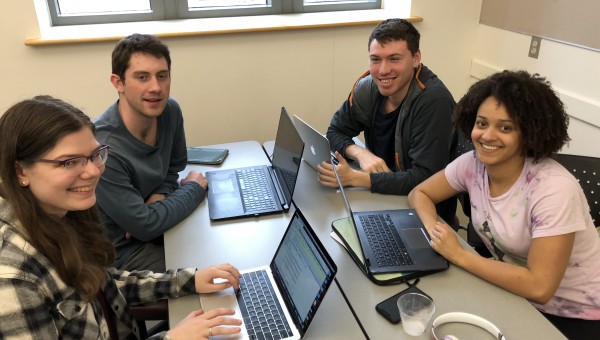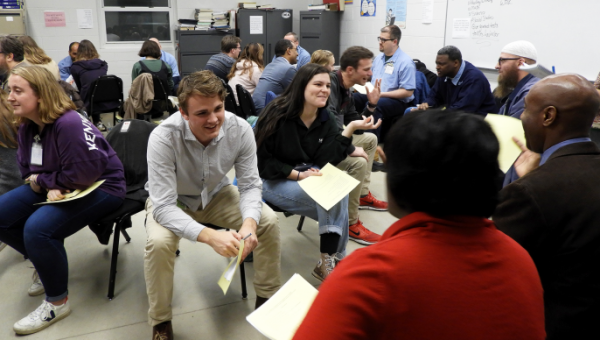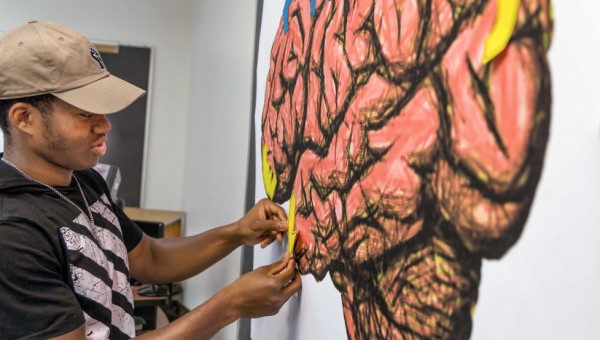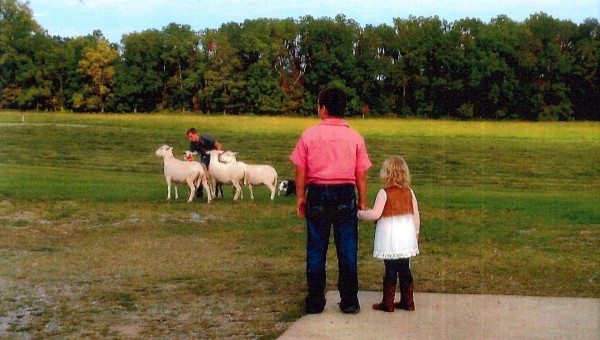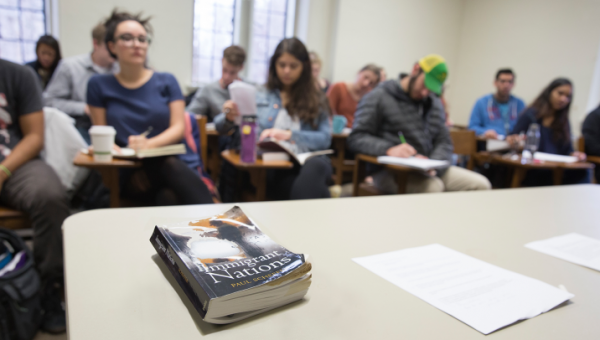Community-Engaged Learning & Research
Community–engaged learning (CEL) is course work designed to address specific community needs and/or access community knowledge; it builds on partnerships between institutions of higher education and surrounding communities to identify and work with public issues that have both academic and public life dimensions. Part of Kenyon's Office for Community Partnerships, CEL provides students with opportunities for reflection on real-world, hands-on experiences.
Community-engaged learning (CEL) can typically be categorized into three different tiers:
Entry-Level
This type of CEL course could include (but not be limited to) a recurring speaker or speakers from the community, field trip(s) to a community location that is integrated with course materials, or learning with the community by engaging together with a text, film, or common question which results in learning from each other’s different perspectives. If these kind of interactions are consistent throughout the semester (rather than one to two times), then the course may be considered moderate or immersive.
Moderate
This CEL course could include (but not be limited to) any of the above at a medium frequency of occurrence, performing service work, volunteering, all of which provide observation and interaction that allows students to connect what they are learning in the classroom to a real-life situation while being provided structured opportunities to reflect on these experiences.
Immersive
An immersive CEL course could include (but not be limited to) any of the above at a high frequency of occurrence and often requires community-based research. Students use the skills and knowledge developed in the classroom to help answer a question that is of pressing concern to the community, while being provided structured opportunities to reflect on these experiences.
CEL Objectives
At Kenyon, community-based learning focuses on three objectives:
To nurture a learning experience for students that promotes critical engagement with social realities, an integrative sense of purpose and capacity for connectedness and empathy.
"One-on-one interactions with our community groups made it clear that our course work isn't limited to the classroom; it is also the lived experience of other people."
— Student in ANTH 343: Contemporary Issues in Native North America
To be a resource for faculty to strengthen their knowledge of and engagement with the incorporation of CEL pedagogies into the Kenyon curriculum.
"This was a tremendously valuable experience for my students. It was such a benefit to their learning to be able to see the things we talked about in class coming to life on the playground!"
— Dana Krieg, associate professor of psychology, regarding her course, PSYC 323: Child Development
To create bridges with community partners and foster a reciprocal exchange of knowledge and expertise between the Knox County community and Kenyon College.
"Value was easy to see. The students in Professor Farnell's class were able to spend significant time analyzing our data and provide results, with real numbers attached, on how to reduce errors and three different ways our company could tackle the problem."
— Jennifer Campos, Sproxil Inc., who partnered with students in MATH 391: Machine Learning
